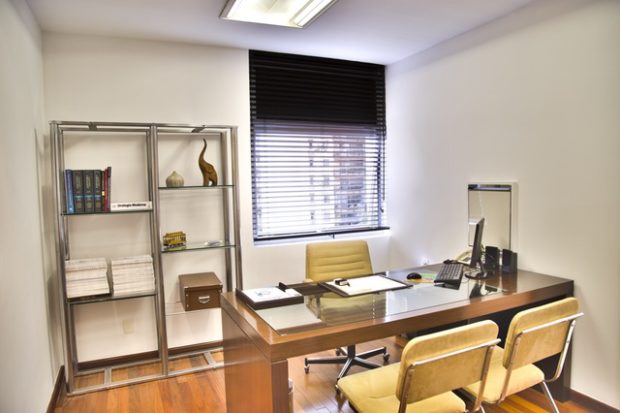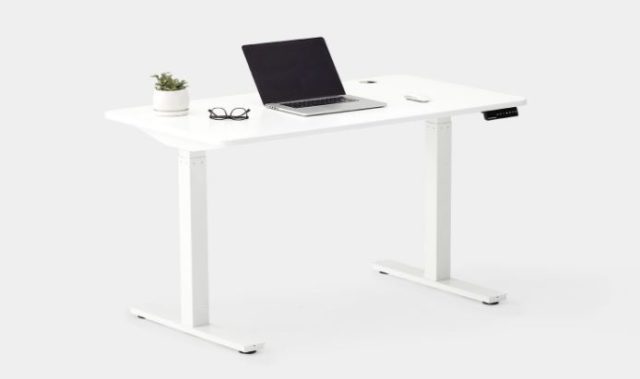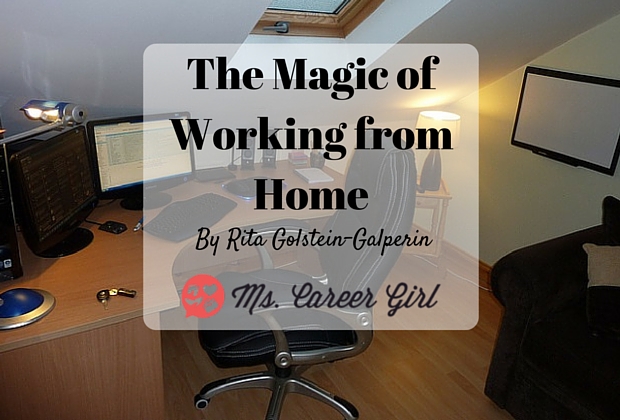Transforming Your Home Office for Enhanced Well-being

In today’s fast-paced world, our home office has become more than just a workspace; they are the epicentres of our professional and sometimes personal lives. However, the design and functionality of these spaces can significantly impact our well-being. It’s essential to understand how our home office environment affects various aspects of our health and productivity.
Different Types Of Well-Being
When talking about well-being in the context of a home office, it’s crucial to recognise that it encompasses several dimensions:
Cognitive Well-Being: Cognitive well-being relates to your mental processes such as thinking, understanding, learning, and remembering. A well-designed office space can significantly influence your ability to focus, process information, and be productive.
Emotional Well-Being: Emotional well-being refers to your ability to handle emotions and stress, and adapt to changes. It’s about feeling good and maintaining a positive mood, which is crucial in a space where you spend significant time working.
Physical Well-Being: This aspect pertains to the physical comfort and health of your body. Given the hours spent in the home office, it’s vital to consider how your environment affects your physical health, from posture to eye strain.
Physical Well-Being In A Home Office
● Organising Your Desk Set Up
An ergonomically organised desk set-up is pivotal for physical well-being. Adjusting your monitor to eye level and ensuring your chair aligns properly with the desk height can prevent undue strain on your neck and back. Utilising accessories like laptop stands and wrist rests further enhances ergonomics, reducing the risk of repetitive strain injuries. These adjustments are essential for maintaining posture and comfort during long hours of work.
● Switch To A Standing Desk
Embracing a standing desk in your home office setup can profoundly enhance your physical well-being. Standing desks encourage a more active work style, reducing the risks associated with prolonged sitting, such as poor posture, back pain, and decreased circulation. They offer a dynamic approach to work, potentially leading to heightened energy and better focus.
Switching to a standing desk is a simple yet effective method to promote an active and health-conscious workspace. By enabling the option to alternate between sitting and standing, you foster a more adaptable and ergonomic environment, catering to the needs of your body throughout the workday.

● Choosing Ergonomic Furniture
Opting for ergonomic furniture is vital in maintaining physical well-being in your home office. Chairs with proper back support and armrests are essential to ensure correct posture and reduce the risk of discomfort or injury during extended periods of work. Ergonomic furniture is designed to conform to your body’s contours, supporting a natural and comfortable position. This judicious choice not only enhances comfort but also improves productivity by minimising physical distractions and strain.
Emotional Well-being: Creating a Balanced Workspace
● Separating Work and Relaxation Spaces
Delineating a clear boundary between work and relaxation areas is essential for emotional well-being in a home office. Establishing a distinct workspace helps to mentally separate professional duties from leisure activities. This separation is vital to prevent work stress from infiltrating relaxation zones, allowing for a more balanced and healthier emotional state. A dedicated work area also aids in maintaining focus during work hours and ensures relaxation spaces remain a sanctuary for unwinding.
● Personalising Your Workspace
Personalising your workspace with items that bring joy and comfort can significantly enhance emotional well-being. Adding personal touches like framed photographs, artwork, or keepsakes transforms a functional space into a more welcoming and inspiring environment. This personalisation creates a sense of familiarity and emotional connection, which can uplift your mood and reduce stress.
● Maintaining Connections
Staying connected with colleagues is key to nurturing emotional well-being in a home office setting. Regular interaction, whether through virtual meetings, phone calls, or messaging platforms, helps combat feelings of isolation that can arise from remote work. These connections provide a sense of camaraderie and support, essential for maintaining morale and mental health.
Enhancing Cognitive Well-being for Productivity & Focus
● Biophilia: The Power of Plants
Incorporating plants into your home office can greatly enhance cognitive well-being. Known as ‘biophilia,’ the connection with nature helps in reducing stress and improving concentration. Plants not only purify the air but also have a calming effect, boosting mood and creativity.
● Lighting: Setting the Right Mood for Work
Proper lighting in your home office is crucial for cognitive well-being. The right lighting can drastically affect your mood, energy levels, and ability to concentrate. Natural light is ideal for enhancing focus and reducing eye strain, but if that’s not feasible, choosing full-spectrum or daylight bulbs can mimic the benefits. A well-lit workspace not only diminishes fatigue but also creates an ambience conducive to productivity, helping to maintain a sharp and focused mind throughout the workday.
● Decluttering for Clarity
A decluttered workspace is pivotal for cognitive clarity and efficiency. An organised and tidy environment minimises distractions, allowing for better focus and clearer thought processes. Decluttering your workspace not only involves physical tidiness but also organising digital spaces, like your computer desktop and email inbox.




